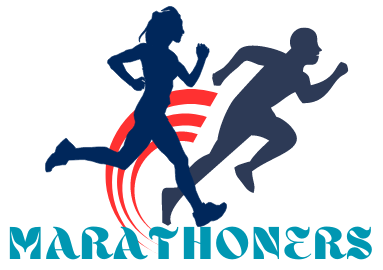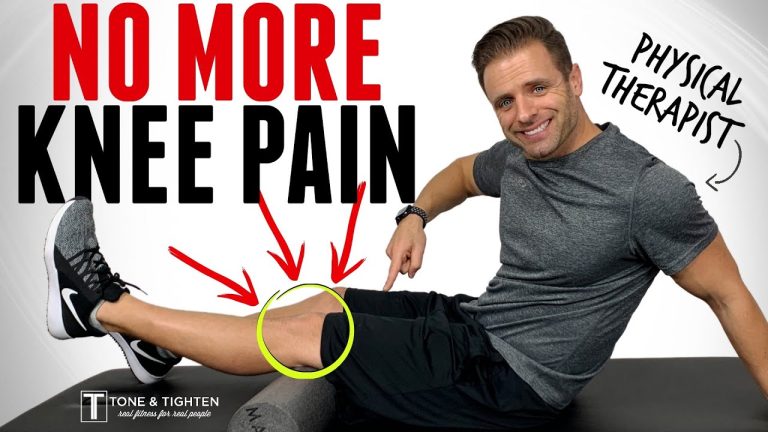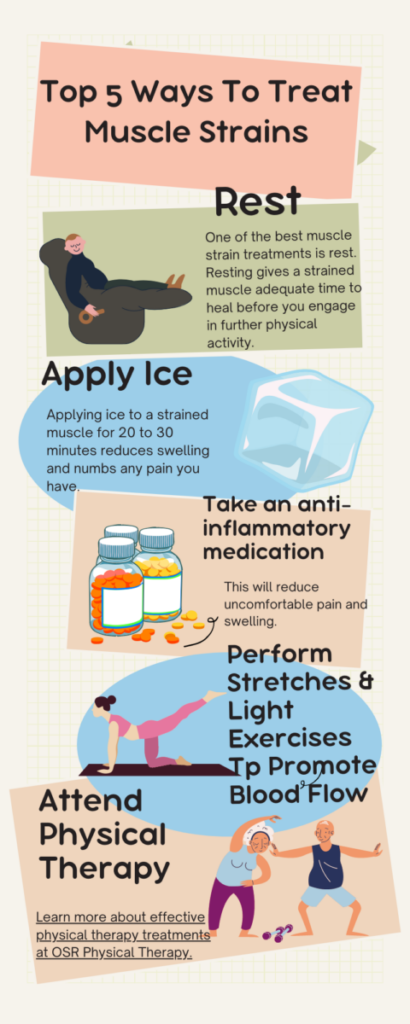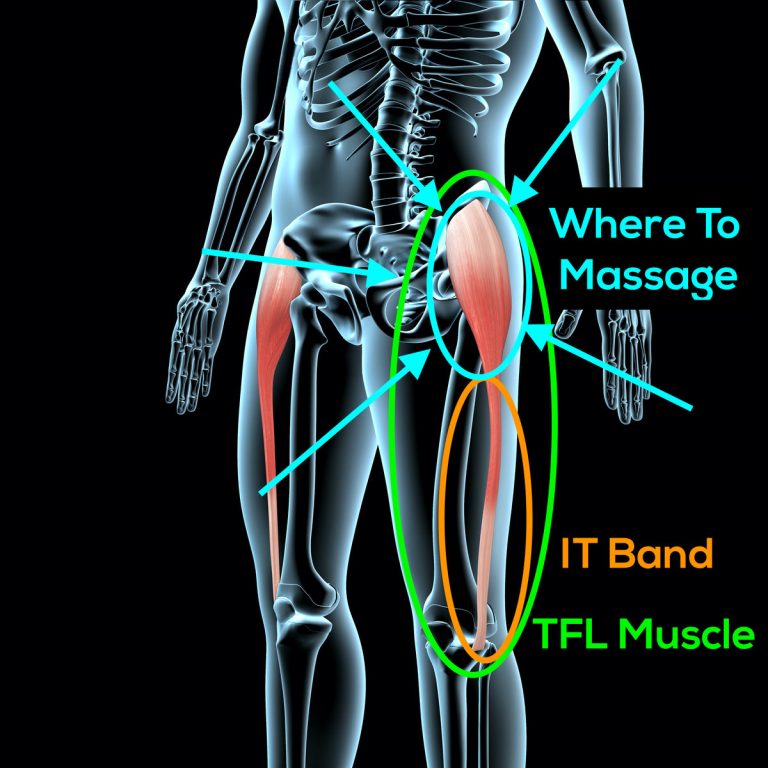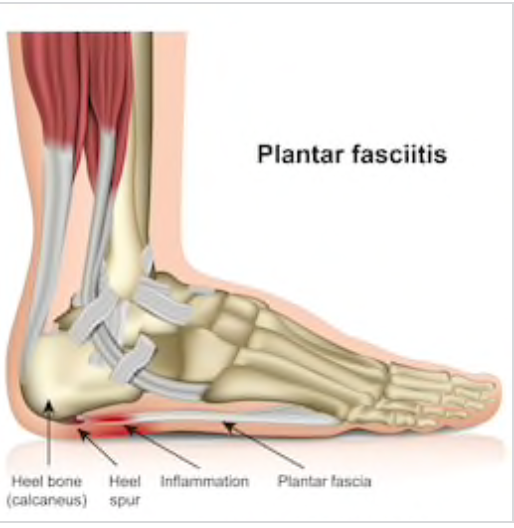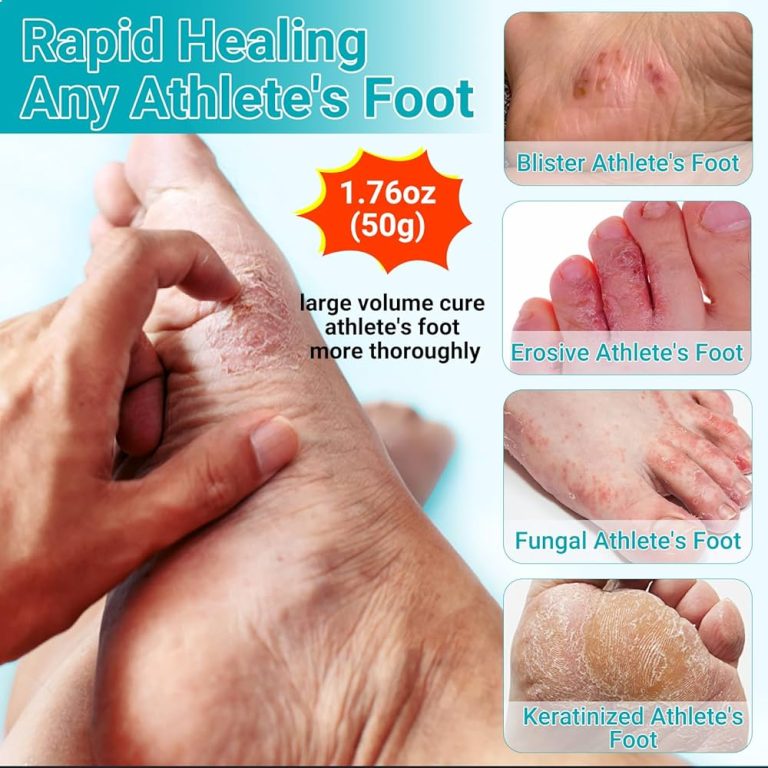How to Fix Overpronation: A Comprehensive Guide for Runners
Overpronation is a common issue for runners, but the good news is that it can often be addressed with a combination of the right footwear, exercises, and professional guidance. Whether you’ve been struggling with discomfort or simply want to prevent long-term injury, this guide will walk you through how to fix overpronation and enjoy a smoother, more efficient running experience.
What is Overpronation?
Pronation refers to the natural inward roll of the foot as it strikes the ground. This motion helps to absorb shock and distribute the body’s weight during each stride. Overpronation occurs when this inward roll is excessive, causing the foot to flatten too much. This can lead to imbalances, which may result in pain and injury, particularly in the knees, hips, and lower back. It’s important to note that some degree of pronation is natural and even necessary for efficient running. However, excessive overpronation can cause strain and increase the risk of overuse injuries.
Signs and Symptoms of Overpronation
Before addressing overpronation, it’s important to recognize the signs. Here are some of the key indicators:
- Worn-out shoes: If the inside of your shoes, especially near the arch and inner heel, is excessively worn, it may indicate overpronation.
- Flat feet or low arches: A visible lack of an arch can often correlate with overpronation.
- Pain: Overpronators may experience pain in the knees, shins, or lower back due to the abnormal stress on the body.
- Altered gait: If you feel your feet rolling inward as you run or notice your running form appears less fluid, this could be a sign.
If you suspect that you overpronate, it’s worth visiting a professional for a gait analysis to confirm the diagnosis.
Why is it Important to Fix Overpronation?
Overpronation can lead to several types of injuries, including:
- Shin splints: Overpronation often causes excessive stress on the shin, leading to pain in the lower legs.
- Patellofemoral pain syndrome: Commonly known as runner’s knee, this condition can result from overpronation affecting the tracking of the patella (kneecap).
- Plantar fasciitis: Overpronation can strain the plantar fascia, leading to heel pain.
- Achilles tendinitis: Excessive rolling of the foot can stress the Achilles tendon, causing inflammation and pain.
Properly addressing overpronation helps mitigate the risk of these injuries, leading to more comfortable and efficient running.
Step-by-Step Guide to Fixing Overpronation
There are several approaches to addressing overpronation, from choosing the right shoes to strengthening exercises and even seeking professional help. Here’s a breakdown of the steps you can take to fix overpronation:
1. Choose the Right Running Shoes
The most immediate way to address overpronation is by wearing shoes designed to correct excessive foot rolling. Running shoes that offer motion control and stability are ideal for overpronators, as they provide added support to the inner arch and prevent the foot from rolling inward.
- Motion Control Shoes: These shoes are designed to limit excessive motion and are great for individuals with flat feet or low arches.
- Stability Shoes: Stability shoes offer a balance of support and cushioning for mild to moderate overpronation. They provide structure to the arch and help guide the foot into a more neutral position.
- Custom Orthotics: If over-the-counter options don’t offer enough support, consider custom-made orthotic insoles. These insoles are designed to provide targeted support for your specific foot shape and gait, helping to reduce overpronation.
2. Perform Foot Strengthening Exercises
Weak foot muscles are one of the primary contributors to overpronation. Strengthening these muscles can improve your foot’s natural ability to stabilize and control pronation. Here are some effective exercises:
- Toe Taps: While seated, place your feet flat on the floor. Slowly lift your toes while keeping your heels grounded, then return to the starting position. Repeat 15-20 times to strengthen the muscles in the arch.
- Arch Lifts: Stand with your feet flat on the ground and gently lift the arch of your foot without curling your toes. Hold for a few seconds and repeat for 10-15 reps on each foot.
- Calf Raises: Stand with your feet hip-width apart. Slowly raise your heels off the ground and balance on the balls of your feet. Lower back down and repeat 10-15 times. This exercise helps strengthen the calves, which support the foot’s movement.
- Towel Scrunches: Place a towel flat on the floor and use your toes to scrunch it towards you. This helps strengthen the muscles of the feet and improves control over foot movement.
3. Increase Ankle Mobility
Limited ankle mobility can exacerbate overpronation. When the ankle lacks the flexibility to move correctly, it places undue stress on other parts of the foot and body. Improving ankle mobility can reduce overpronation.
- Ankle Circles: Sit down with one leg extended. Rotate your ankle in circles in both directions. Do 10-15 circles in each direction for both ankles.
- Ankle Dorsiflexion Stretch: Place a resistance band around the ball of your foot and pull it gently towards you while keeping your leg extended. Hold for 20-30 seconds, and repeat 2-3 times per foot.
- Heel Cord Stretch: Stand facing a wall, with one foot in front of the other. Keeping your back leg straight, bend the front knee and press your back heel into the floor. Hold for 20-30 seconds on each leg.
4. Work on Running Form
Improper running form can exacerbate overpronation, so improving your technique is key. Here are a few tips to help you run more efficiently:
- Shorten Your Stride: Overstriding can cause the foot to land too hard, leading to increased pronation. Focus on shortening your stride and landing with your feet underneath your hips.
- Increase Cadence: A higher cadence (the number of steps you take per minute) reduces the risk of overpronation. Aim for a cadence of 170-180 steps per minute.
- Focus on Foot Placement: Try to land with your foot directly beneath your body, rather than in front of you. This helps reduce the inward roll that happens with overpronation.
5. Seek Professional Help
If you’re unsure how to fix your overpronation or if you’re dealing with persistent pain, it’s a good idea to consult a professional. A physical therapist or podiatrist can assess your gait and recommend a treatment plan tailored to your specific needs. In some cases, they may suggest custom orthotics or specialized exercises to help improve your foot function.
Other Considerations
While addressing overpronation through shoes, exercises, and form changes can help significantly, it’s important to stay consistent with your efforts. You should also:
- Take Rest Days: Give your body time to recover, especially if you’re working on improving your gait and foot strength.
- Cross-Train: Engaging in other forms of exercise, such as cycling or swimming, can reduce the impact on your feet and improve overall strength and flexibility.
- Stay Consistent: Overcoming overpronation takes time. Stick to a regular routine of exercises and shoe adjustments, and you’ll likely see improvements in your form and comfort.
Conclusion
While overpronation can be a frustrating issue for runners, it is entirely manageable with the right steps. By choosing appropriate footwear, strengthening your feet, improving your running form, and seeking professional advice, you can fix overpronation and enjoy a more efficient and injury-free running experience. Remember, patience is key – gradual improvements will lead to lasting changes in your stride and overall running health.
